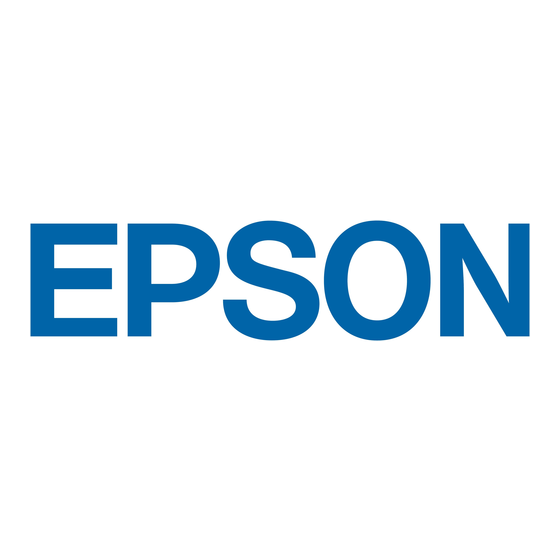Epson PERFECTION 1650 Handbuch - Seite 6
Blättern Sie online oder laden Sie pdf Handbuch für Software Epson PERFECTION 1650 herunter. Epson PERFECTION 1650 11 Seiten. Color image scanner
Auch für Epson PERFECTION 1650: Benutzerhandbuch (7 seiten), Grundlegendes Handbuch (48 seiten), Broschüre (2 seiten), Produkt-Support-Bulletin (34 seiten), Hier beginnen (2 seiten), Informationen zum Produkt (5 seiten), Produkt-Support-Bulletin (23 seiten), Produkt-Support-Bulletin (40 seiten), Konformitätserklärung (2 seiten), Produkt-Support-Bulletin (17 seiten), Produkt-Support-Bulletin (24 seiten), Produkt-Support-Bulletin (29 seiten), Produkt-Support-Bulletin (8 seiten), Produkt-Support-Bulletin (3 seiten), Produkt-Support-Bulletin (14 seiten), Produkt-Support-Bulletin (18 seiten), Produkt-Support-Bulletin (12 seiten), Produkt-Support-Bulletin (40 seiten), Produkt-Support-Bulletin (36 seiten), Broschüre (2 seiten), Produkt-Support-Bulletin (11 seiten), Produkt-Support-Bulletin (40 seiten), Produkt-Support-Bulletin (22 seiten), Produkt-Support-Bulletin (12 seiten), Produkt-Support-Bulletin (21 seiten), Einrichtung (2 seiten), Benutzerhandbuch (30 seiten), Handbuch (3 seiten)

